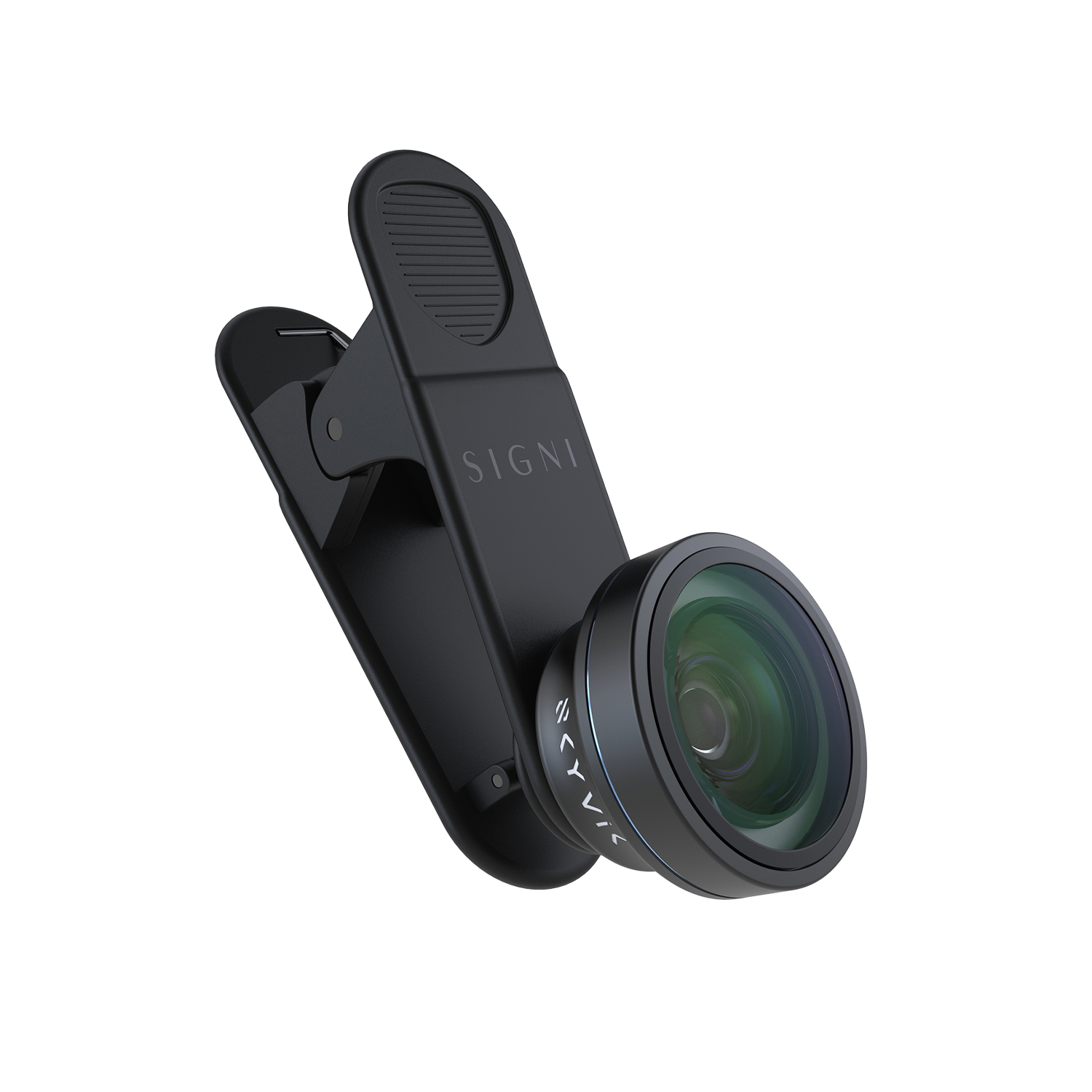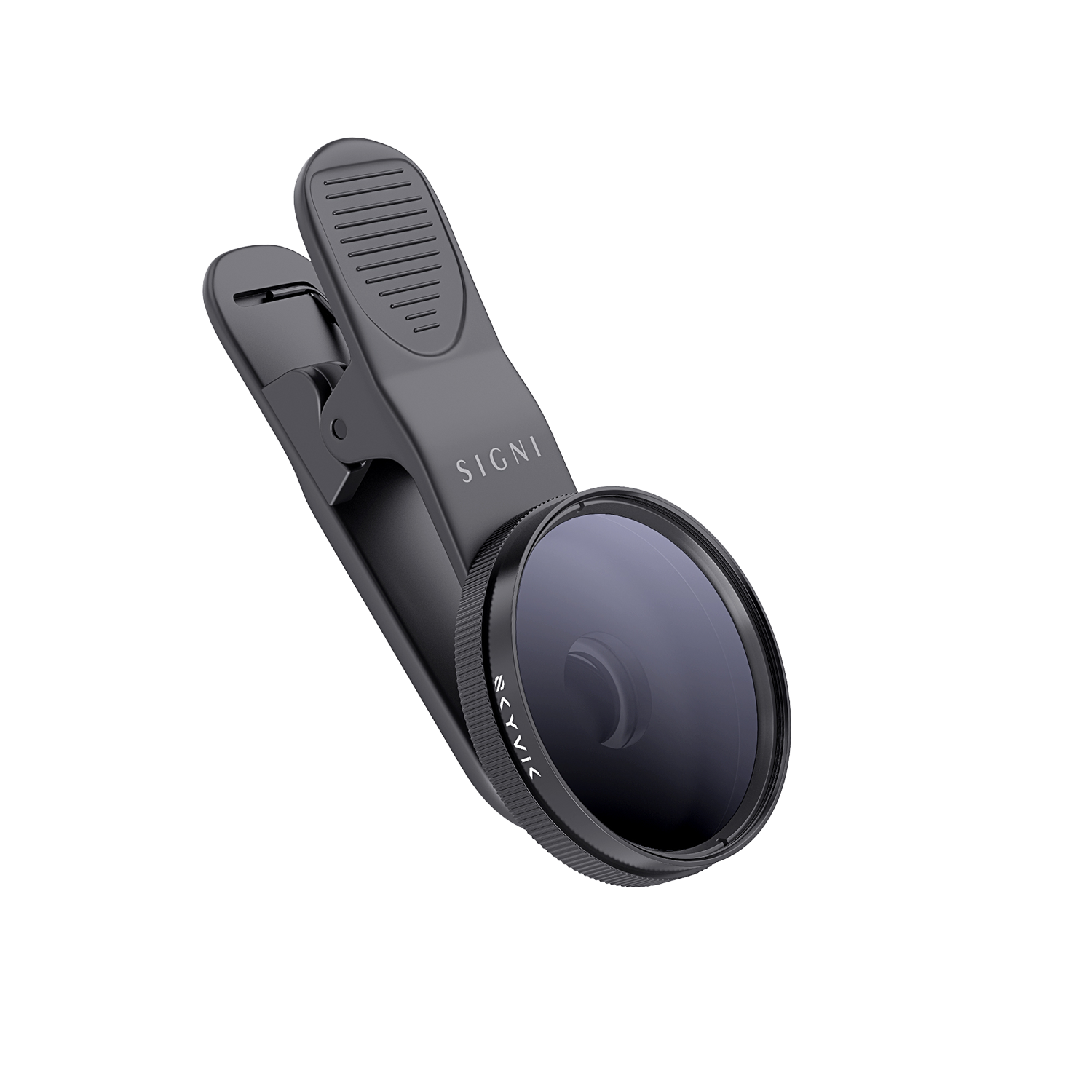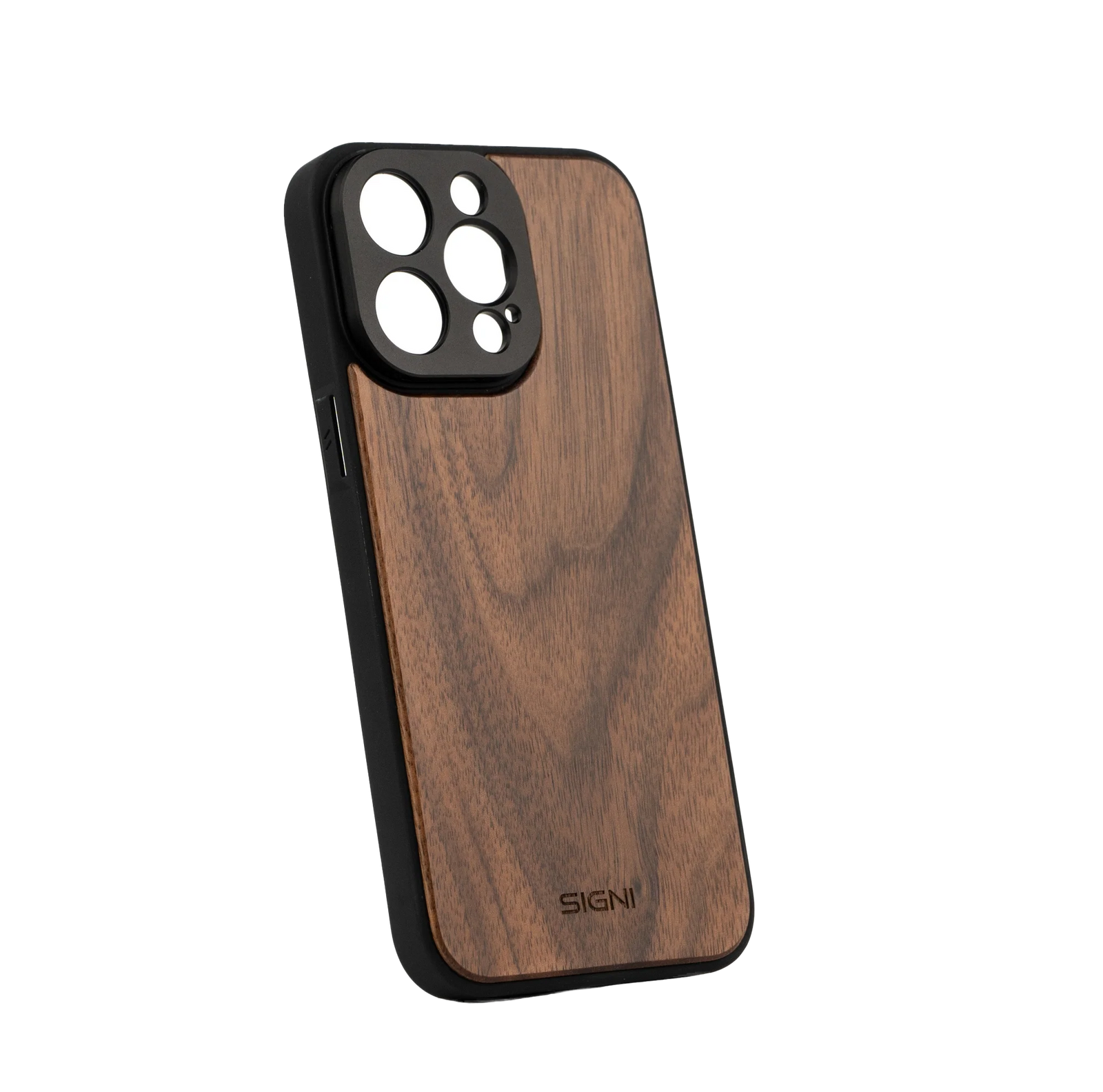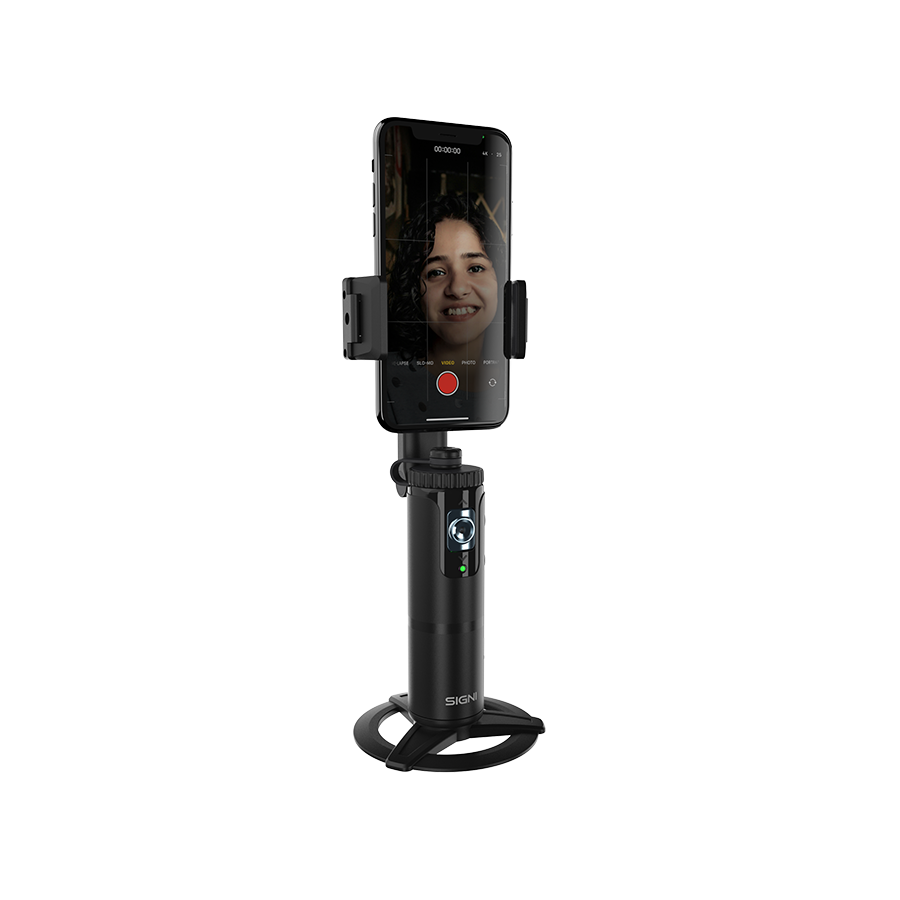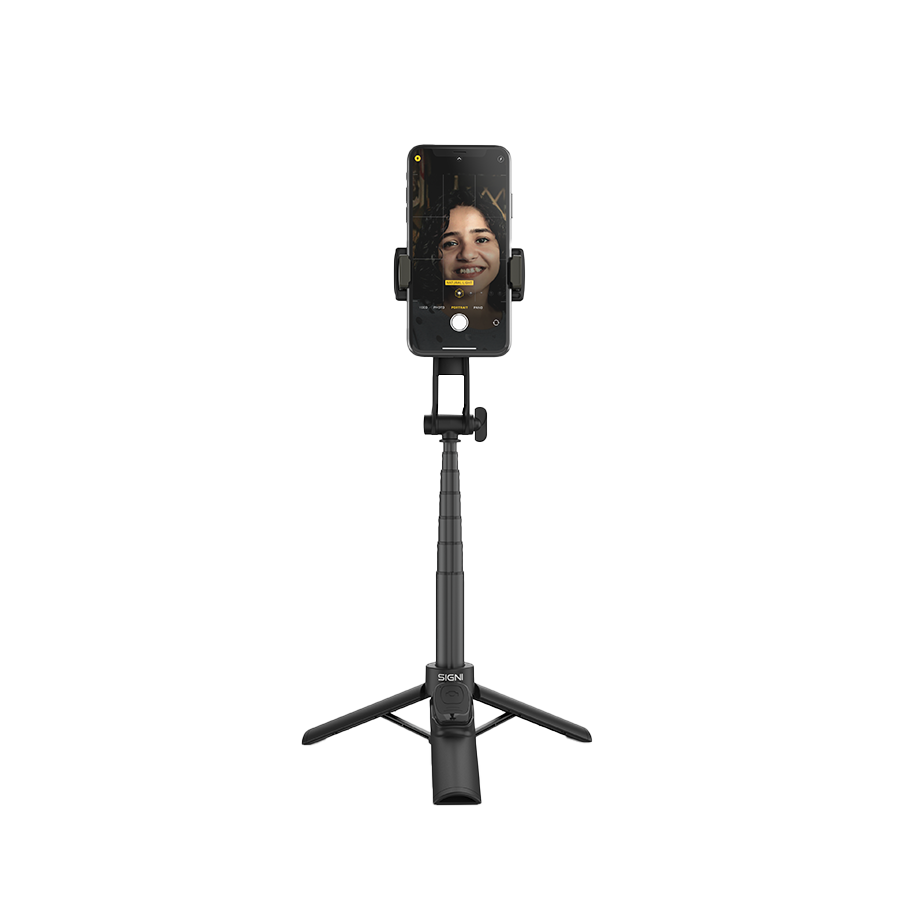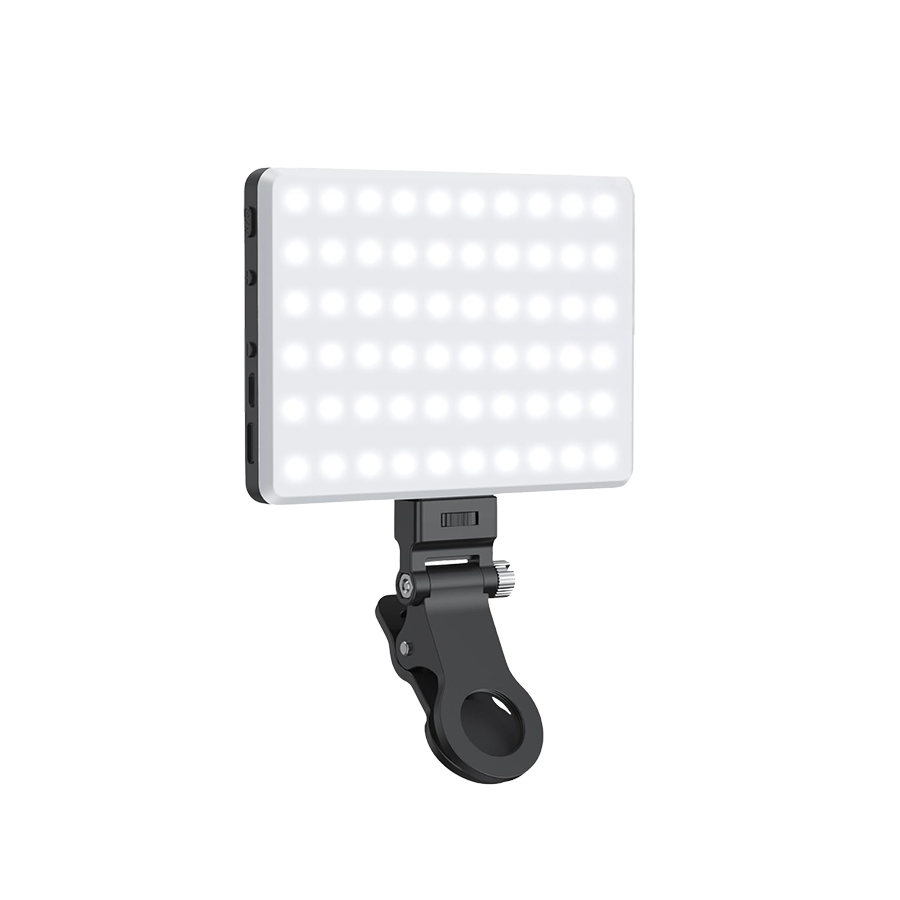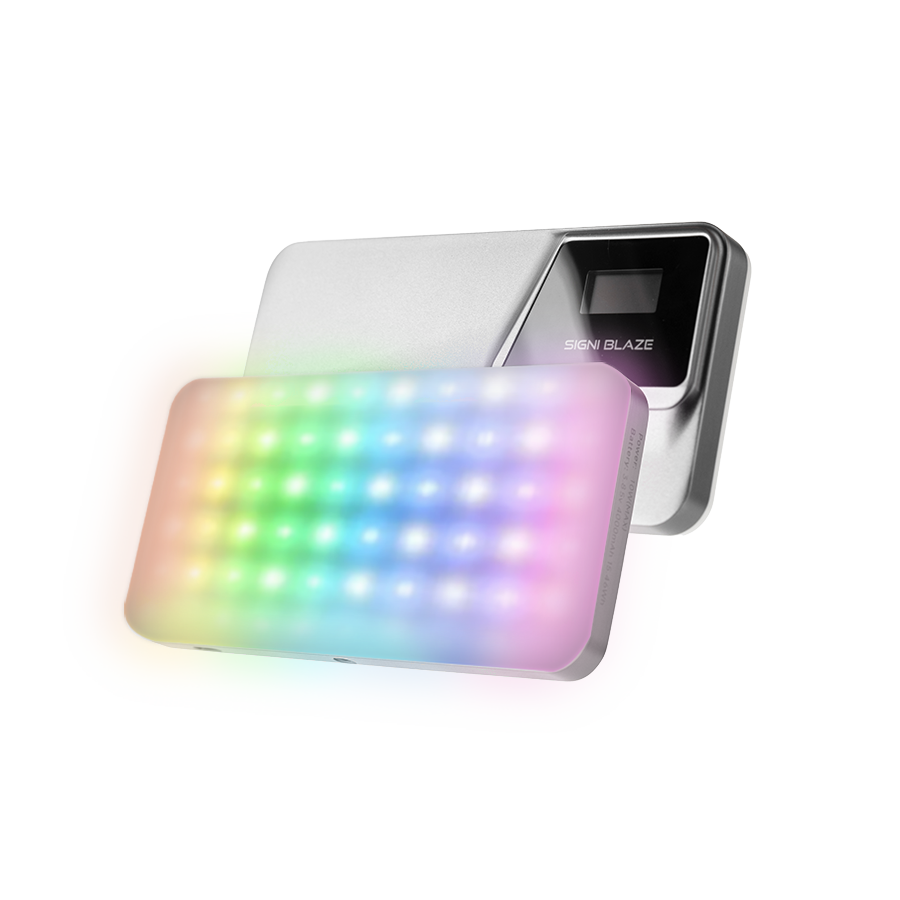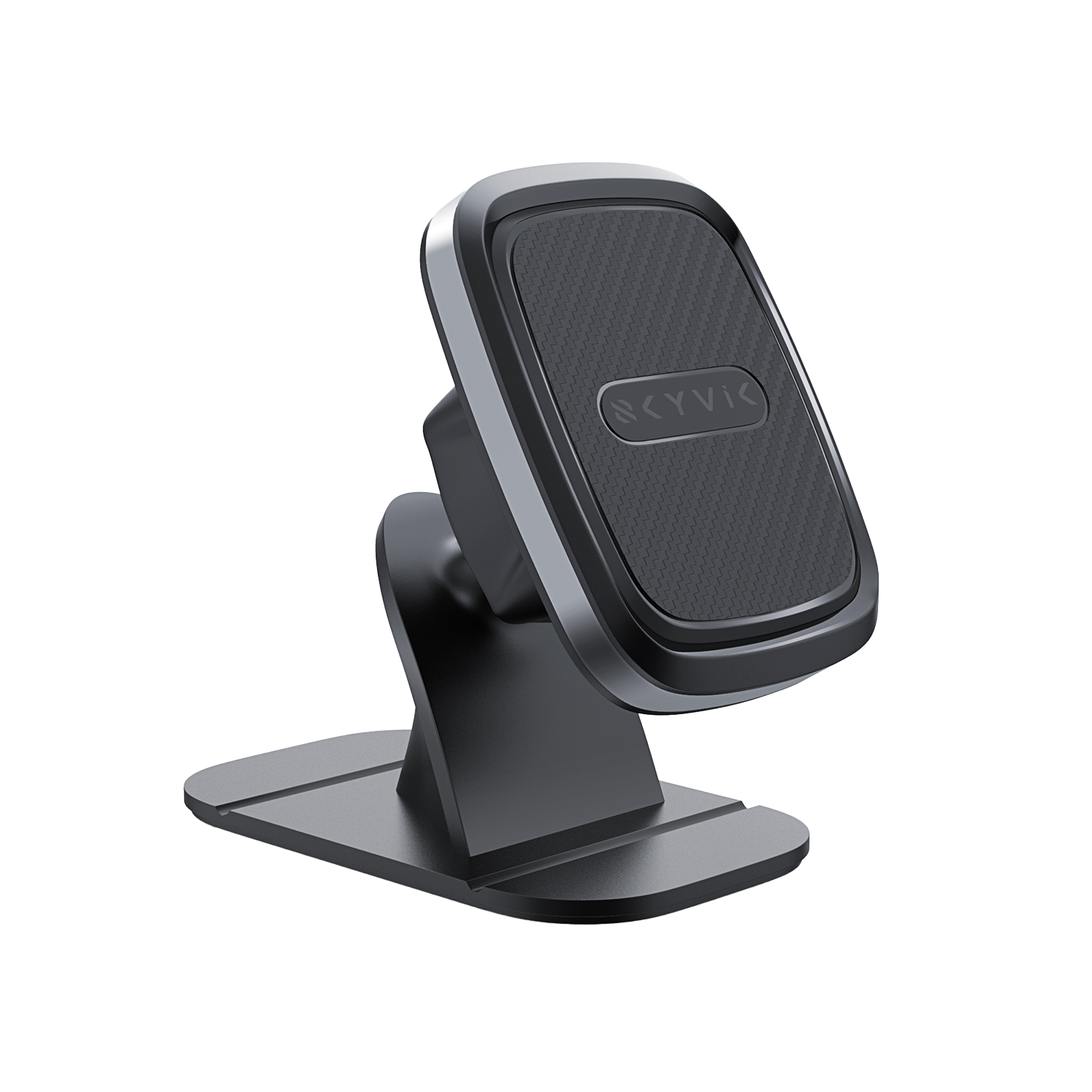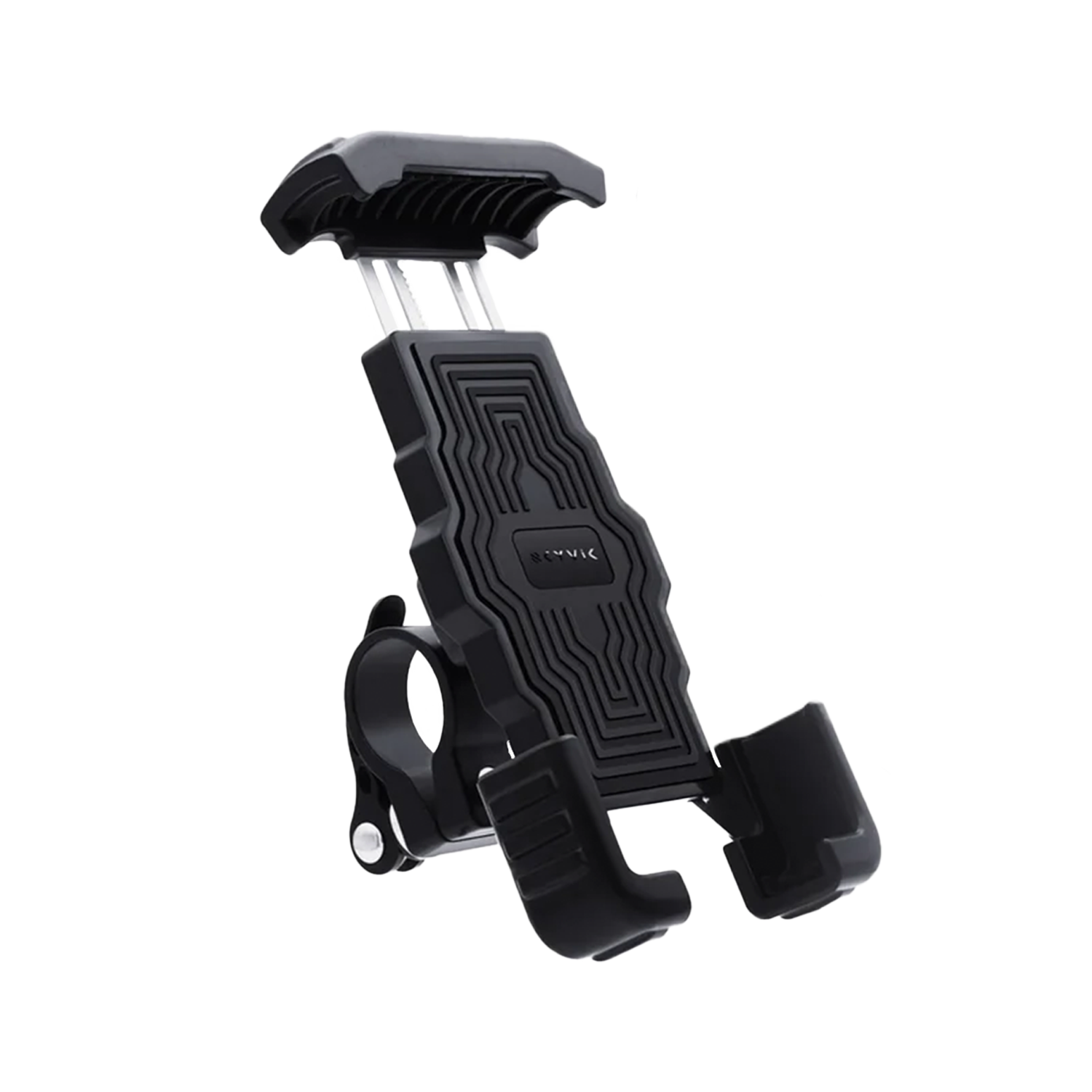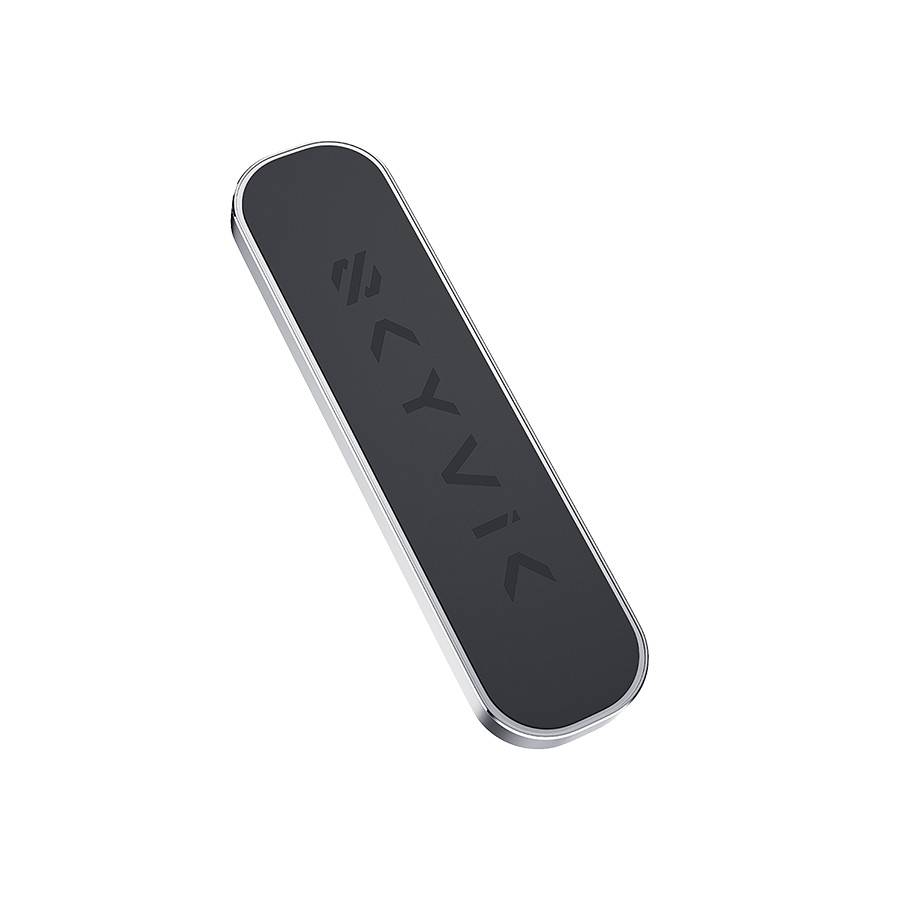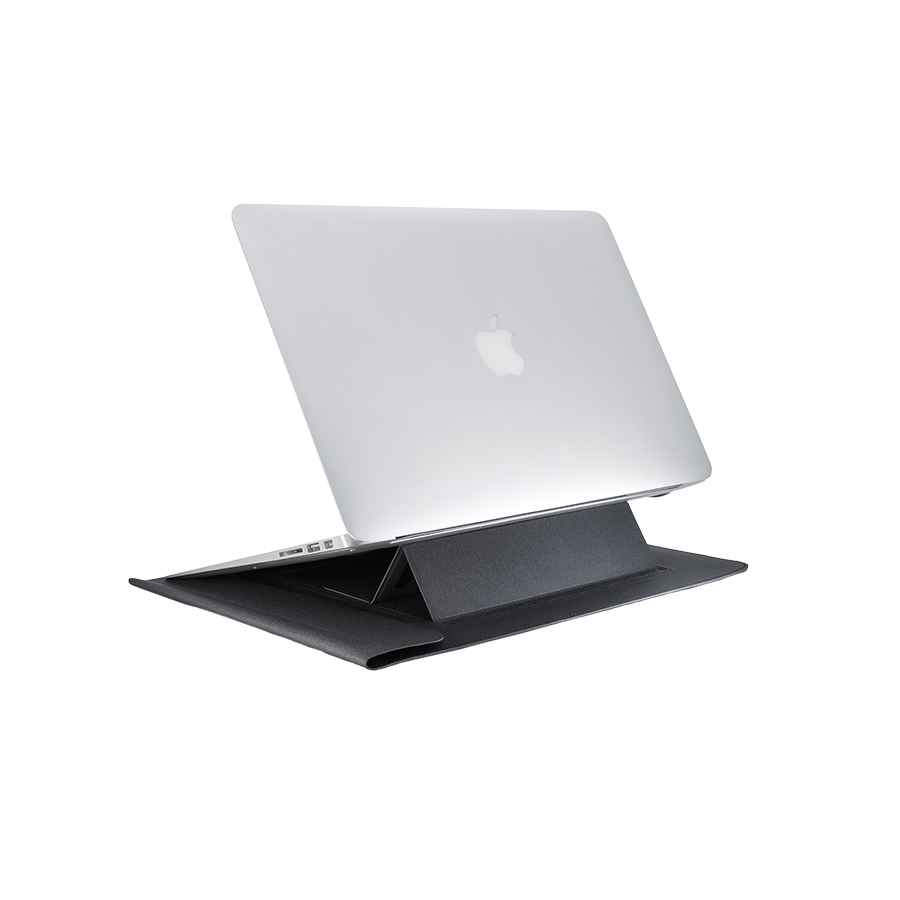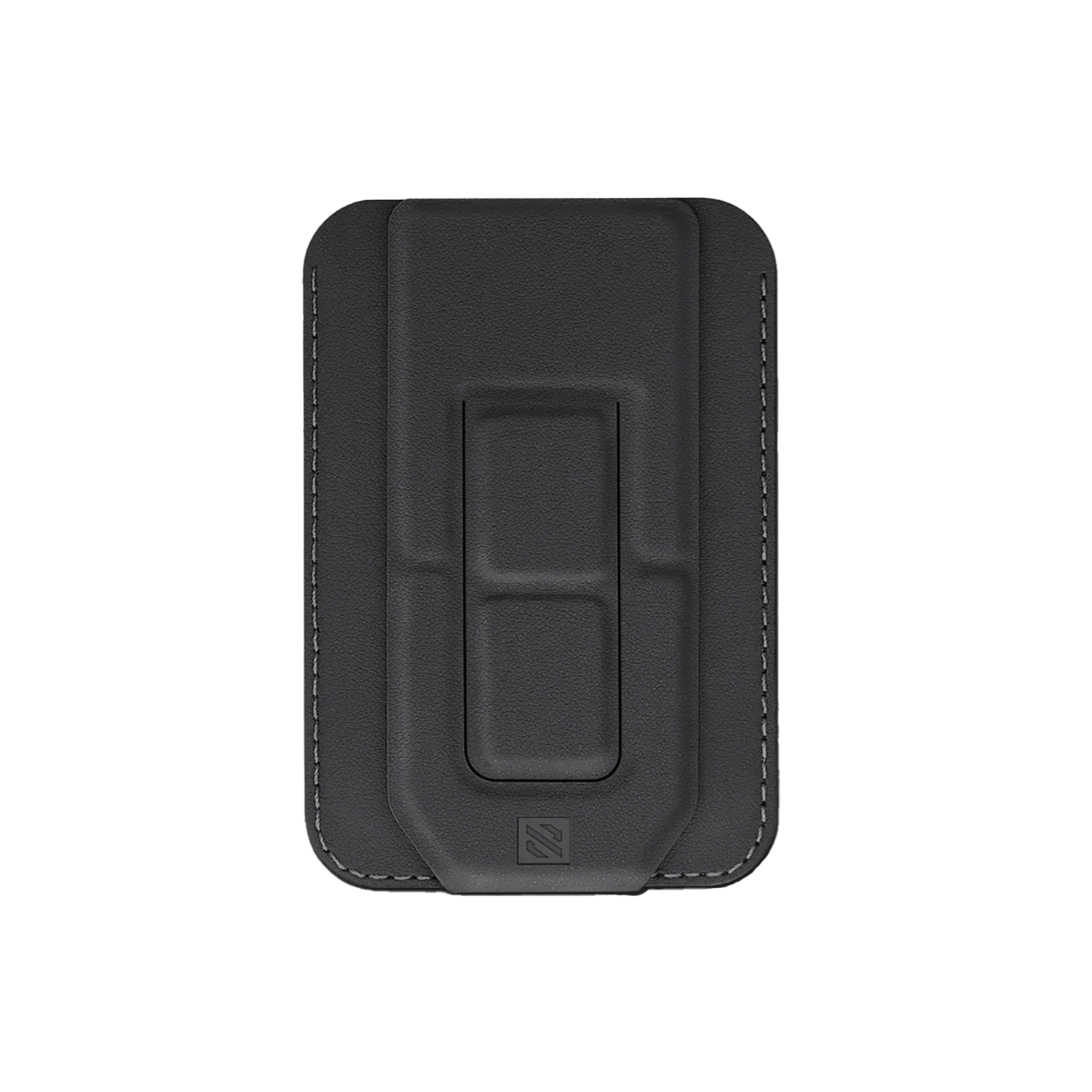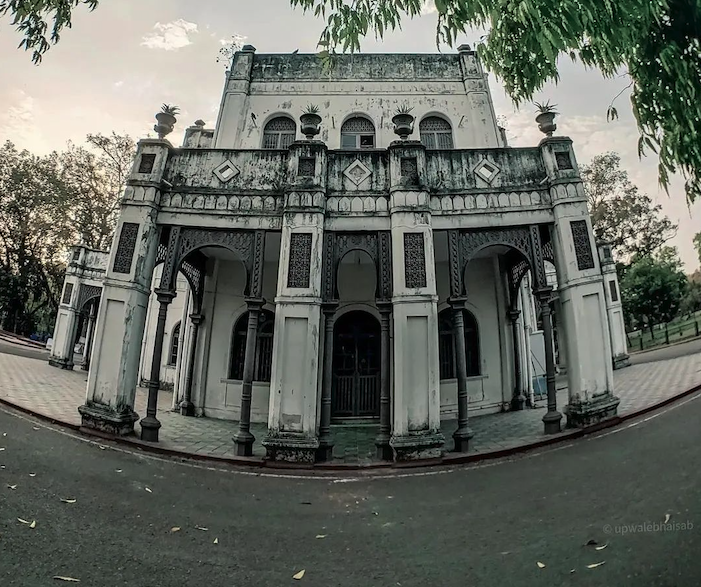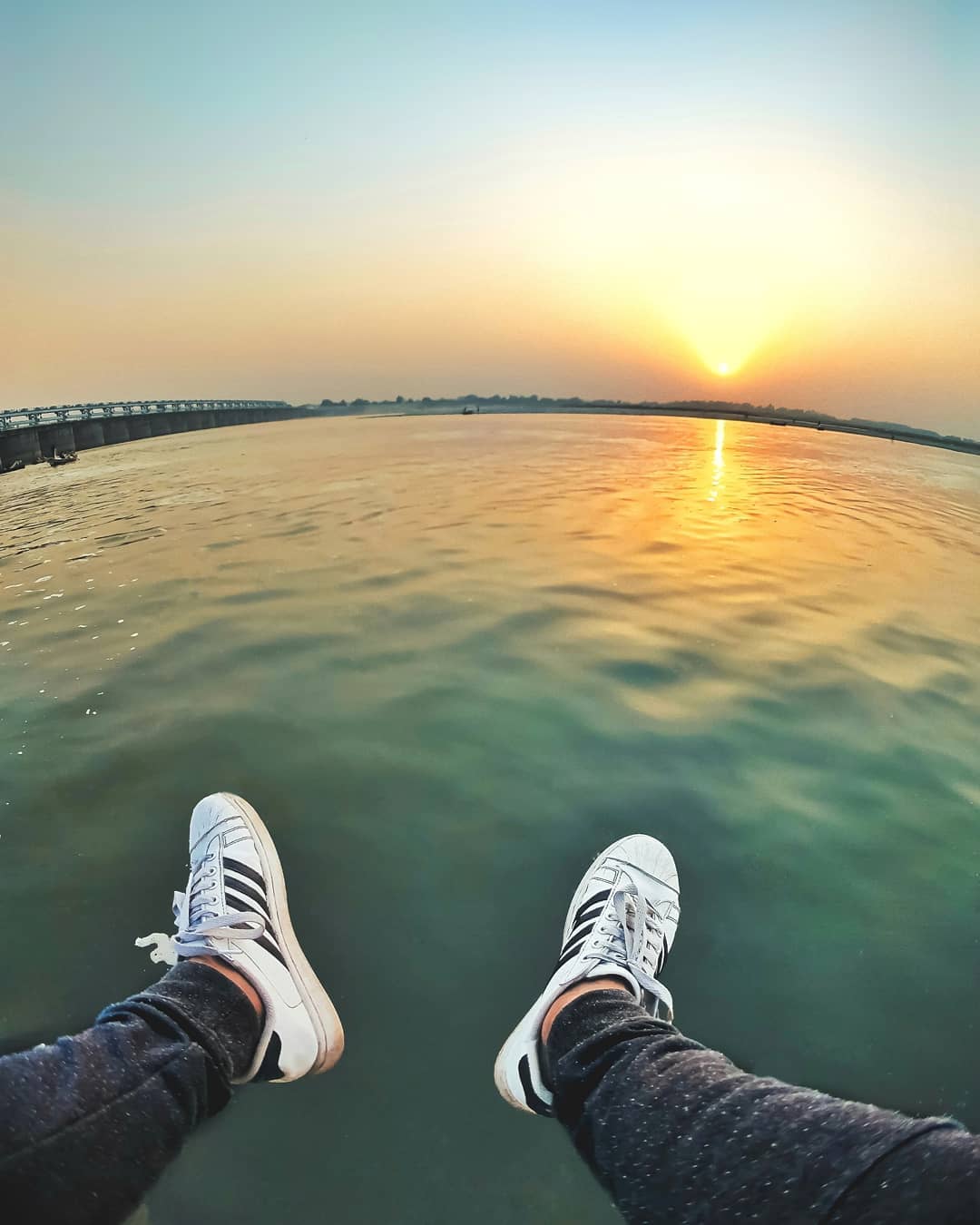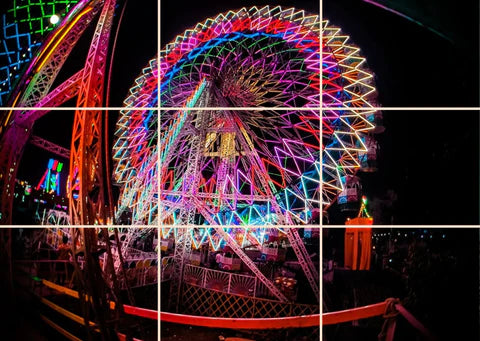MOBILE LENSES
Mobile Holders
Everyday Essentials

How Do Megapixels Impact the Quality of Your Photos? Unraveling the Mystery
3 min read
In the realm of digital photography, the term "megapixels" is often wielded as a marker of image quality, but its significance can be shrouded in mystery. This exploration seeks to demystify the connection between megapixels and photo quality, unraveling the intricacies to empower photographers with a deeper understanding of this often misunderstood aspect of their cameras.
1. Understanding Megapixels: Megapixels, the million tiny dots that compose a digital image, serve as a measure of a camera's resolution. The more megapixels a camera boasts, the higher its potential resolution, allowing for more detail in the captured image. However, the sheer number of megapixels doesn't single-handedly determine photo quality.
2. Quality Over Quantity: While a higher megapixel count can contribute to capturing finer details, it's not the sole factor influencing photo quality. The size of each individual pixel also plays a crucial role. A camera with larger pixels tends to perform better in low-light conditions, capturing more light and producing cleaner images, even with fewer megapixels.
3. Balancing Act: Sensor Size Matters: Megapixels need to be considered in conjunction with the size of the camera's image sensor. A larger sensor can accommodate larger pixels, allowing for better light absorption and enhanced image quality. A high-megapixel count on a small sensor might result in pixel crowding, leading to noise and reduced performance, especially in challenging lighting situations.
4. Beyond the Numbers: Lens Quality and Image Processing: In the pursuit of image quality, the lens quality and image processing capabilities of a camera are as vital as the megapixel count. A high-quality lens contributes to sharpness and clarity, while advanced image processing algorithms refine the final output. These factors work in tandem to deliver impressive results irrespective of the megapixel count.

Clicked by @_mr.lensman
5. Real-World Impact on Printing and Viewing: For the average photographer capturing moments for social media or online platforms, the impact of ultra-high megapixels might not be as pronounced. However, if your intent is large-scale printing or extensive cropping, a higher megapixel count can provide more flexibility without compromising image quality.

6. Phone Photography and Megapixels: In the era of smartphone photography, where compact sensors prevail, the emphasis on higher megapixels has become a marketing trend. While increased megapixels can be advantageous for certain scenarios, it's essential to consider the overall camera setup, sensor size, and lens quality for a comprehensive assessment of photo quality.
7. Megapixels and Your Photography Goals: The ideal megapixel count varies based on individual photography goals. For enthusiasts capturing everyday moments, a balanced combination of moderate megapixels and robust camera features might suffice. Professional photographers, especially those engaged in commercial work or detailed landscapes, might lean towards higher megapixel cameras for maximum flexibility.
8. Optical Quality Enhancement, for zoomed images: Skyvik's 60mm Telephoto Lens elevates your smartphone photography by offering 2x optical zoom, doubling the standard zoom capability. Unlike phones that often pixelate after 3x zoom, this lens maintains quality up to 6x zoom. For example, with a 5x zoom phone, the Skyvik Telephoto Lens ensures crisp images up to 3x zoom. This optical enhancement complements your phone's megapixel count, delivering sharper, clearer, and more detailed images for a refined photography experience. Explore new perspectives and capture intricate details with the Skyvik 60mm Telephoto Lens, redefining the possibilities of zoomed photography.
9. Specialized Lens Options: Skyvik offers a range of specialised lenses, including macro lenses and telephoto lenses, catering to diverse photography needs. In scenarios where the native megapixel count might be limiting, these lenses provide an added advantage. For example, a high-quality macro lens can help capture intricate details, making the most of the available megapixels and delivering stunning close-up shots.
 Mobile Macro Photography Shot Clicked by @khatarnaak_
Mobile Macro Photography Shot Clicked by @khatarnaak_
10. Versatility for Every Megapixel Range: Regardless of the smartphone's native megapixel count, Skyvik lenses add versatility to the photography toolkit. Whether working with a lower or higher megapixel camera, these lenses offer creative possibilities. For instance, a wide-angle lens can help enhance the composition and field of view, contributing to the overall visual impact of the image captured by the smartphone's camera.
Conclusion
In unraveling the mystery of how megapixels impact photo quality, the key takeaway is that quantity doesn't always equate to quality. While a higher megapixel count can offer advantages, it's just one piece of the puzzle. The interplay between megapixels, sensor size, lens quality, and image processing collectively determines the overall performance of a camera. As photographers, understanding this holistic perspective empowers us to make informed choices that align with our unique vision and photography goals.

